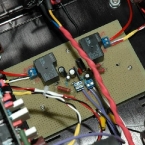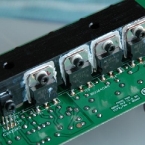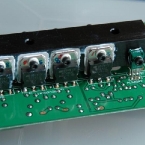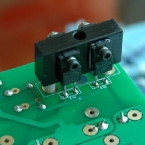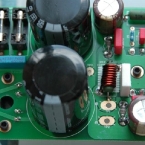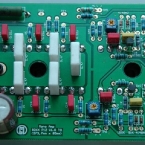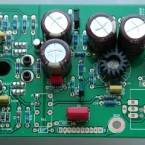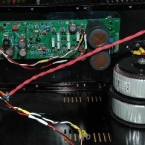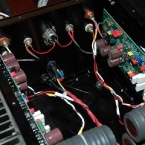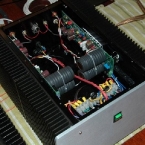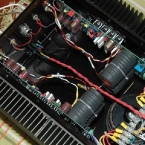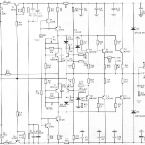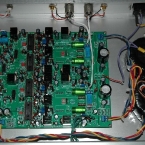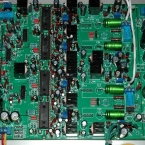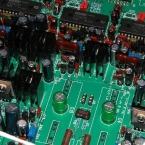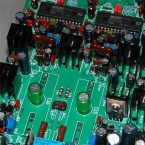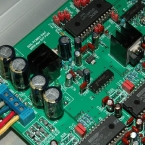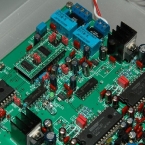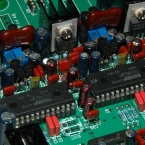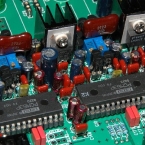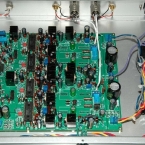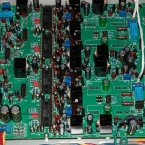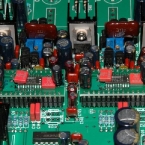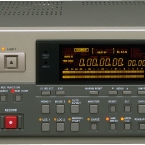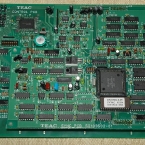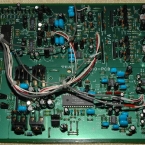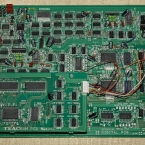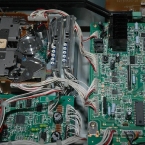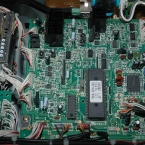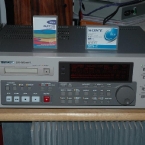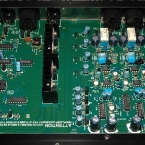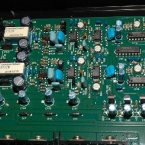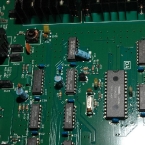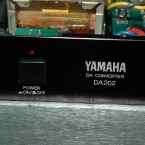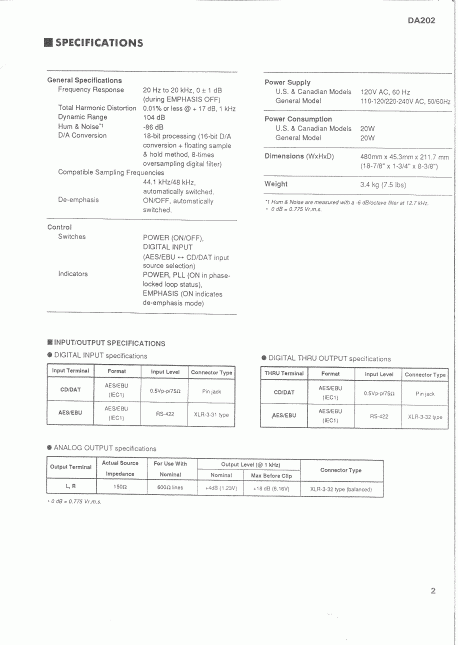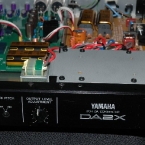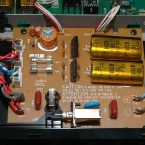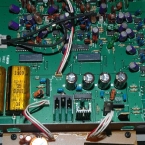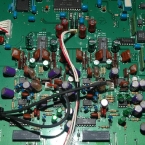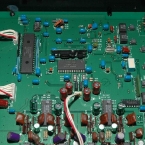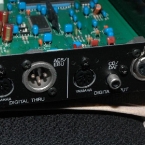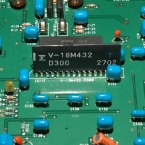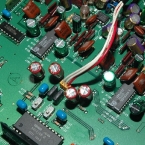This is a DAT machine – Digital Audio Tape made by TASCAM (TEAC). There is both AD and DA conversion in this machine and also digital input and output (AES only). The analogy has both balance XLR and non balance RCA sockets. Thus this machine can be used as a DA or AD converter. That say it can be used as a A to D, A to A, D to A, and D to D converter. Some people just use it as a DAC when the tape part is not working.
The good thing about this machine is that the CD can be recorded back to a DAT tape and then play back again. But why record into a DAT? I think the sound of the CD is improved to be more relax and musical. I do not understand why but this is what I found out!
The digital filter is NPC SM5813APT, AD converter is AK5339-VP and most of the op-amp are Philips NE5532AN & IV 5238. For power supply, all the E-cap are Panasonic Purism and signal path is also Panasoinc BP cap.
For sound, the best sound is from DAT Tape –> Digital Out –> Good external DAC like D1V3. The analogy output from this machine is also very good and the sound is quite relax and clean. If the machine is used as a DAC, the sound is not as good as the sound when DAT tape is played back. The lower frequency seems to be attenuated when used as a stand alone DAC. Guess it is due to the receiver jitter signal is not attenuated down enough.
I use some DDS-1 or DDS-2 tapes and the machine can take it without any problem. Anyway, it is one of the best 16bit CD digital source that can be found from ebay for only $300 to $500 USD. Take note on the drum hour when you want to buy one of this as the life is about 2000 hrs. Of course I am not using it as like in a studio and I think it should last at least 4000 hrs with some minor signal drop out.
Related Images:
